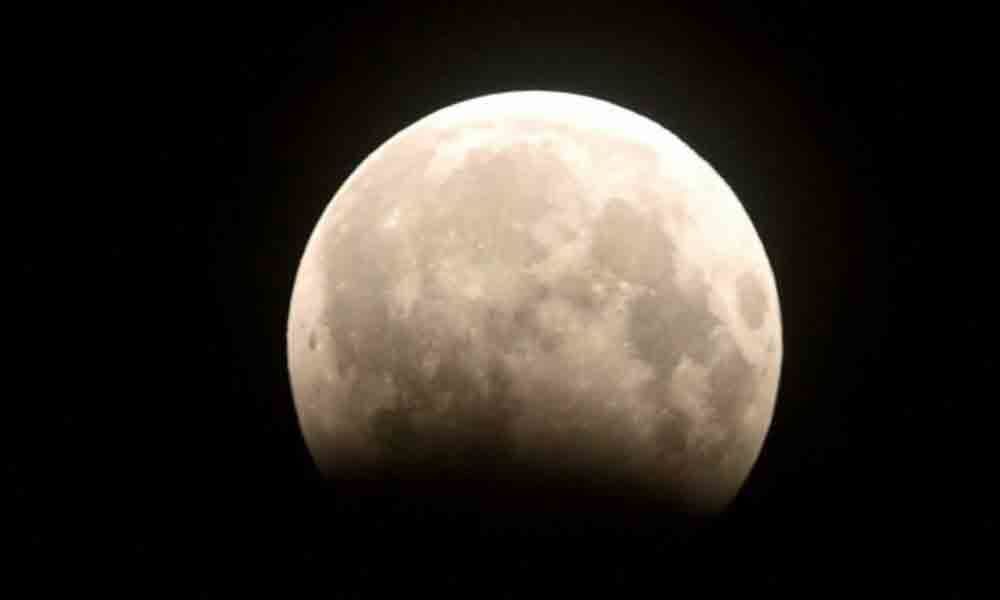Moon, Mercury may contain more water ice than known

The Moon and Mercury, the closest planet to the Sun, may contain significantly more water ice than previously thought, according to a new analysis of data from NASA spacecraft.
The Moon and Mercury, the closest planet to the Sun, may contain significantly more water ice than previously thought, according to a new analysis of data from NASA spacecraft.
The potential ice deposits are found in craters near the poles of both worlds, according to the study published in the journal Nature Geoscience. On the Moon, "we found shallow craters tend to be located in areas where surface ice was previously detected near the south pole of the Moon, and inferred this shallowing is most likely due to the presence of buried thick ice deposits," said Lior Rubanenko of the University of California, Los Angeles (UCLA) in the US.
In the past, telescopic observations and orbiting spacecraft have found glacier-like ice deposits on Mercury, but as of yet not on the Moon. The new work raises the possibility that thick ice-rich deposits also exist on the Moon. The research may not only help resolve the question regarding the Moon's apparent low ice abundance relative to Mercury, but it could also have practical applications.
"If confirmed, this potential reservoir of frozen water on the Moon may be sufficiently massive to sustain long-term lunar exploration," said Noah Petro, Lunar Reconnaissance Orbiter (LRO) Project Scientist at NASA's Goddard Space Flight Center in the US. The poles of Mercury and the Moon are among the coldest places in our solar system. Unlike Earth, the spin axes of Mercury and the Moon are oriented such that, in their polar regions, the Sun never rises high above the horizon. Consequently, polar topographic depressions, such as impact craters, never see the Sun.
For decades it has been postulated these so-called permanently shadowed regions are so cold that any ice trapped within them can potentially survive for billions of years. Previous observations of the poles of Mercury with Earth-based radar revealed a signature characteristic of thick, pure ice deposits. Later, MESSENGER spacecraft imaged these ice deposits. "We showed Mercury's polar deposits to be dominantly composed of water ice and extensively distributed in both Mercury's north and south polar regions," said Nancy Chabot, instrument scientist for MESSENGER's Mercury Dual Imaging System from the Johns Hopkins Applied Physics Laboratory in the US. "Mercury's ice deposits appear to be much less patchy than those on the Moon, and relatively fresh, perhaps emplaced or refreshed within the last tens of millions of years," Chabot said.

















